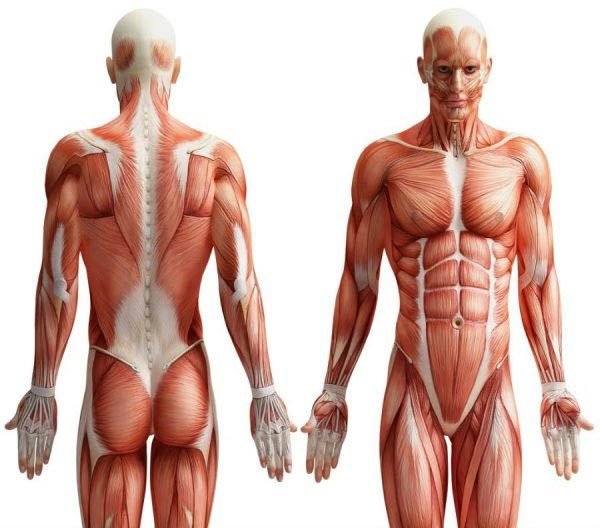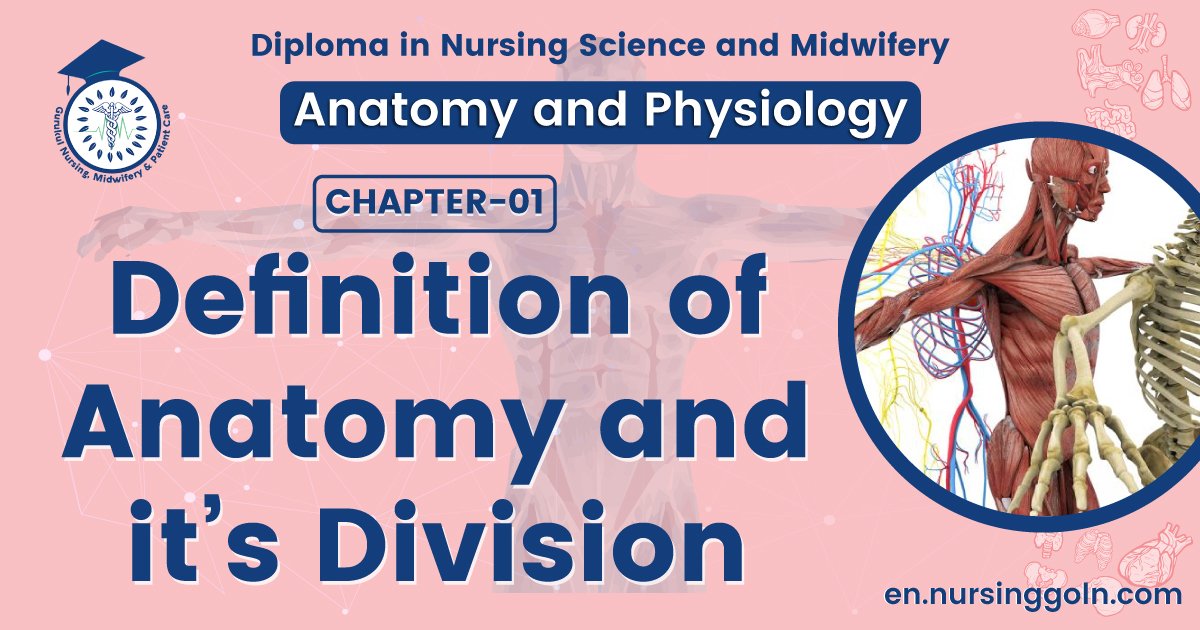Definition of anatomy and it’s division-The course is designed for the basic understanding of anatomical structures and physiological functions of human body, musculoskeletal system, digestive system, respiratory system; cardiovascular system; urinary system, endocrine system, reproductive system, nervous system, hematologic system, sensory organs, integumentary system, and immune system. The aim of the course is to acquire knowledge and skills regarding anatomy and physiology.
Definition of anatomy and it’s division

The word “anatomy” comes from the Greek words “ana,” meaning “up,” and “tome,” meaning “a cutting Anatomy (ana “up”, tome=”to cut”) means study of structure. Aristotle (384-322 BC) was the first person to use the term “anatome” a Greek word meaning “cutting up or taking apart”
Anatomy is one of the oldest basic medical science, it was first studied formally in Egypt. Human anatomy was taught in Greece by Hippocrates (460-377 BC) who is regarded as the “Father of Medicine” -(Ref:- PR Ashalotha, Textbook of Anatomy & Physiology for Nurses, 4th Edition, P-3)
Herophilus of Alexandria (325-255 B. C.). Herophilus is called the Father of Anatomy. He was the great Greek physicians.
Andreas Vesalius (1514-1564): He is considered the father of modern anatomy and his work the beginning of modern medicine. He was the first to carry out dissection to closely observe the inner structure and construction of the human body. Human anatomy was not learned by dissecting dead bodies before him. (https://pubmed.ncbi.nlm.nih.gov)

Definition:- Anatomy may be defined as the study of the structure of body and relationship of its constituent parts to each other.
-(Ref:-E. Pearce, Anatomy & Physiology for nurses, 16 edition, P-13)
Division of anatomy:
- Gross or macroscopic
- Microscopic
- Developmental
A. Gross or macroscopic Anatomy
- Regional- all structures in one part of the body (such as the abdomen or leg).
- Systemic-gross anatomy of the body studied by system.
- Surface-study of internal structures as they relate to the overlying skin.
- Radiographic Anatomy-study of internal structures by x-rays.

B. Microscopic Anatomy
- Cytology-study of the cell
- Histology-study of tissues
C. Developmental Anatomy: (development from fertilization to adulthood)
Embryology-study of developmental changes of the body before birth.
-(Ref:- K. Indu, Text book of Anatomy and Physiology for Nurses, 1″ edition P-3,4)
Read more:
